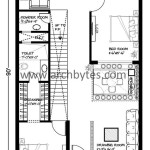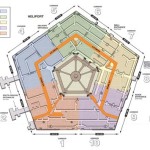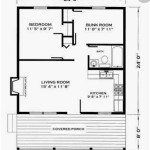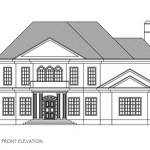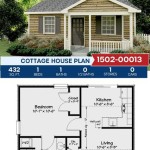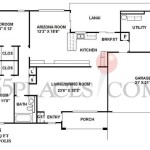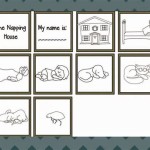Essential Aspects of Quonset Hut House Plans
Quonset huts, with their distinctive curved roofs and steel construction, have gained popularity as unique and affordable housing options. Understanding the essential aspects of Quonset hut house plans is crucial for designing and building a functional and comfortable living space.
1. Design Considerations
Quonset huts offer flexibility in design, allowing for various floor plans and configurations. They can be customized to suit specific needs, from single-family homes to commercial buildings. Considerations include:
- Size and layout: Determine the desired square footage, room layout, and flow.
- Roof pitch: The slope of the roof influences the interior height and drainage.
- Windows and doors: Choose the placement and style of windows and doors to optimize natural light and ventilation.
- Exterior finishes: Consider materials and colors for siding, roofing, and trim to match the desired aesthetic.
2. Structural Engineering
Quonset huts are engineered to withstand various weather conditions. Structural considerations include:
- Frame: The steel frame provides the primary support and ensures stability.
- Foundation: A concrete slab or pier-and-beam foundation is typically used to support the hut.
- Wind resistance: Bracing and anchoring are essential to resist high winds.
- Snow load: The roof must be designed to withstand the weight of snow accumulation.
3. Insulation and Ventilation
Proper insulation and ventilation are crucial for maintaining a comfortable indoor environment.
- Insulation: Spray foam, fiberglass, or cellulose insulation is commonly used to improve energy efficiency.
- Ventilation: Natural ventilation through windows and doors is complemented by mechanical systems like exhaust fans and air conditioning.
4. Interior Design
Quonset huts offer an open and versatile interior space. Interior design considerations include:
- Ceiling treatment: High ceilings can be left exposed or visually lowered with suspended ceilings.
- Lighting: Natural light and artificial lighting fixtures are carefully planned to create a comfortable atmosphere.
- Flooring: Options include concrete, tile, hardwood, and laminate flooring.
- Finishes: Paint, drywall, and paneling are commonly used for interior walls and ceilings.
5. Sustainability
Quonset huts are inherently sustainable due to their steel construction and durability. Additional sustainable features can include:
- Energy-efficient windows and doors
- Solar panels for electricity generation
- Rainwater harvesting systems
- Recycled materials in construction
6. Zoning and Building Permits
Zoning regulations and building permits are essential considerations for any construction project. It is advisable to consult local authorities regarding the specific requirements for Quonset hut homes in your area.
7. Cost Considerations
The cost of building a Quonset hut house varies depending on factors such as size, design complexity, materials, and labor costs. It is important to establish a budget and work with a reputable builder to ensure the project aligns with your financial capabilities.
By carefully considering these essential aspects, you can design and build a Quonset hut house that meets your functional, aesthetic, and sustainable requirements, creating a unique and comfortable living space that suits your lifestyle.

Myipamm Net Quonset Hut House Homes

Plans Clever Moderns

27 Unique Quonset Hut Homes For Wonderful Living Atmosphere

Quonset House Kits Prefab Arch Style Homes S

Quonset Hut House Design Loft Clever Moderns

Schoenherr Homes Quonset Hut Floor Plans

Build A Quonset Hut Home And Curve Your Enthusiasm The Tiny Life

Quonset Hut Home Kits Prefab Arch Style Homes

Quonset Hut House Design Loft Clever Moderns Homes

United States Navy Quonset Huts Us Hut A Of American Industry


